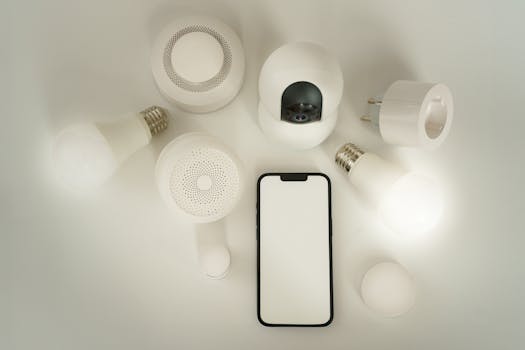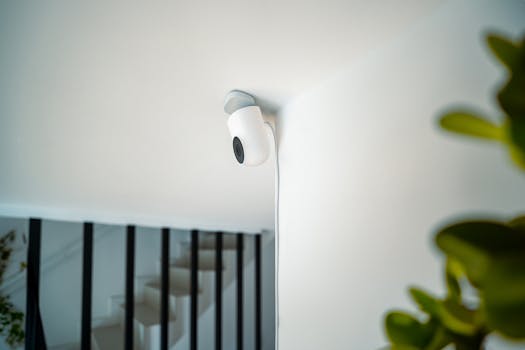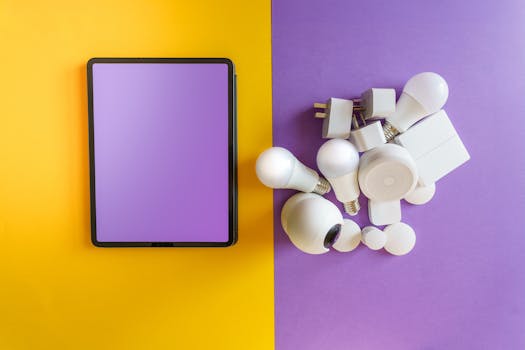
Enhancing Your Home Security with Smart Technology
In today’s fast-paced world, ensuring the safety and security of our homes has become increasingly important. With advancements in technology, home security has evolved beyond traditional locks and alarms. Smart home technology, including smart locks and security cameras, offers innovative solutions that not only enhance security but also provide convenience and peace of mind. In this article, we will explore various home security tech options, their benefits, and how to choose the best solutions for your needs.
Table of Contents
- 1. Smart Locks
- 2. Security Cameras
- 3. Smart Home Integration
- 4. Benefits of Smart Security Solutions
- 5. Conclusion
1. Smart Locks


Many smart locks come equipped with features such as keyless entry, which can enhance security by eliminating the risk of lost or stolen keys. Furthermore, most smart locks allow users to create temporary access codes for guests or service providers, enabling visitors to enter without needing a physical key.
When choosing a smart lock, consider factors such as compatibility with your existing door hardware, battery life, and security features like two-factor authentication. Popular options include the August Smart Lock, Schlage Encode, and Yale Assure series, each offering unique features tailored to various security needs.
2. Security Cameras
Security cameras are essential components of modern home security systems. They provide real-time surveillance and can deter potential intruders. Today’s security cameras come with advanced features such as motion detection, night vision, and cloud storage for recorded footage.
Many homeowners opt for smart security cameras that integrate with their home automation systems. These cameras can send alerts to your phone when motion is detected and allow for remote viewing of live feeds. Some popular choices include the Ring Video Doorbell, Arlo Pro, and Nest Cam, which offer high-definition video quality and user-friendly applications.
When selecting security cameras, consider the areas you want to monitor, whether indoors or outdoors, and the camera’s weather resistance. Additionally, check the camera’s field of view, resolution, and night vision capabilities to ensure comprehensive coverage of your property.
3. Smart Home Integration

Home automation systems enable various devices to work together. For instance, when a security camera detects motion, it can trigger smart outdoor lights to illuminate the area, deterring intruders. Similarly, if a smart lock is unlocked, an alert can be sent to your smartphone, allowing you to monitor who enters your home.
For optimal integration, ensure all devices are compatible with your chosen smart home platform. Many manufacturers provide ecosystems that allow for seamless communication between devices, making it easier to manage your home’s security.
4. Benefits of Smart Security Solutions

Moreover, many homeowners find that smart security systems can potentially lower insurance premiums. Insurers often provide discounts for homes equipped with advanced security technology, recognizing the reduced risk of burglary or damage.
Additionally, the integration of different smart devices creates a comprehensive security ecosystem that can adapt to your lifestyle and preferences. This flexibility allows for personalized security settings tailored to your specific needs and concerns.
5. Conclusion








